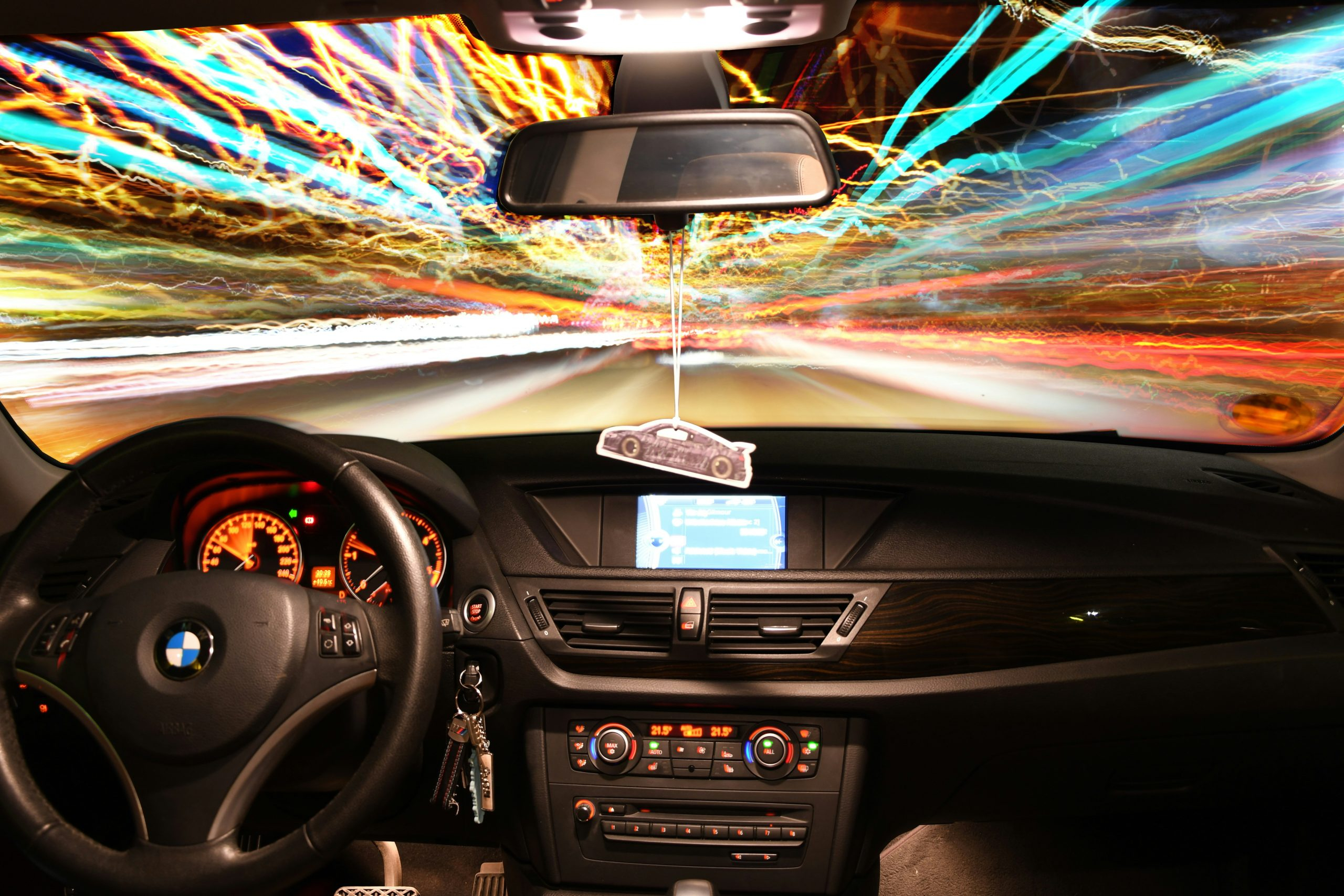Dashboard Displays With Augmented Reality Navigation Features
The advancement of technology has made our lives easier in so many ways. From smart devices to self-driving cars, technology continues to evolve and enhance our daily experiences. Now, with the introduction of augmented reality (AR) into dashboard displays, navigation has been taken to a whole new level. Imagine driving with navigation features overlaid onto the real world, providing a seamless and more intuitive driving experience. In this article, we’ll dive into the world of dashboard displays with augmented reality navigation features, exploring its benefits, functionality, and impact on the automotive industry. 
What is Augmented Reality?
Before we delve into how augmented reality is utilized in dashboard displays, let’s first define what it is. Augmented reality is the integration of computer-generated elements, such as sound, graphics, and haptic feedback, into the real world.
The concept of augmented reality was first introduced in the 20th century, but it wasn’t until recent years that it has gained mainstream attention. One popular example of augmented reality is the game Pokémon Go, where players use their smartphones to capture virtual creatures in the real world. Now, this technology has made its way into dashboard displays, making driving more interactive and easier for users.
The Benefits of Augmented Reality Navigation Features
Dashboard displays with augmented reality navigation features bring a variety of benefits, from safety to convenience, to the overall driving experience. Here are just some of the advantages of this technology:
Improved Road Safety
One of the primary advantages of utilizing augmented reality in dashboard displays is its potential to improve road safety. With navigation features overlaid onto the real world, drivers no longer have to glance at a separate GPS device or their phone. This reduces the likelihood of distractions and increases the driver’s focus on the road, ultimately making driving safer for everyone on the road.
Real-Time Information Delivery
The use of augmented reality in dashboard displays also allows for real-time information delivery. This means that drivers can receive up-to-date traffic information, road closures, and detours, helping them plan their routes more efficiently and avoid delays. With this technology, drivers can also receive notifications about potential hazards, such as accidents or construction, along their route, keeping them alert and safe.
Improved User Experience
Dashboard displays with augmented reality navigation features provide a more interactive and user-friendly experience for drivers. Instead of looking at a traditional map, drivers can see navigation cues overlaid onto the real world, making it easier to understand and follow. This technology also allows for 3D displays of buildings and landmarks, making it easier for drivers to locate their destination.
How Augmented Reality Navigation Features Work
Now that we’ve explored the benefits of augmented reality in dashboard displays, let’s take a closer look at how this technology actually works. The foundation of augmented reality in dashboard displays is a combination of advanced sensors, cameras, and GPS technology.
The sensors and cameras constantly scan the road ahead, gathering information about the environment, such as road signs, lane markings, and other vehicles. This information is then processed by the onboard computer and overlaid onto the real world using the dashboard display. As the driver approaches their destination, the navigation cues are displayed directly onto the road, making it easier to follow.
The Impact on the Automotive Industry
As augmented reality continues to gain popularity in the automotive industry, it’s expected to have a significant impact on the industry. This technology will not only improve the driving experience for customers, but it also has the potential to decrease the number of accidents caused by distracted driving.
Furthermore, the use of augmented reality in dashboard displays can open up opportunities for other features, such as facial recognition technology and gesture control, creating a more personalized and futuristic driving experience.
Conclusion
Dashboard displays with augmented reality navigation features have revolutionized the way we navigate while driving. This technology provides a safer, more user-friendly, and more interactive experience for drivers. With its potential to improve road safety and enhance the overall driving experience, it’s no surprise that more car manufacturers are incorporating augmented reality into their dashboard displays. As technology continues to evolve, we can only imagine what other innovative features will be added to our cars in the near future.











